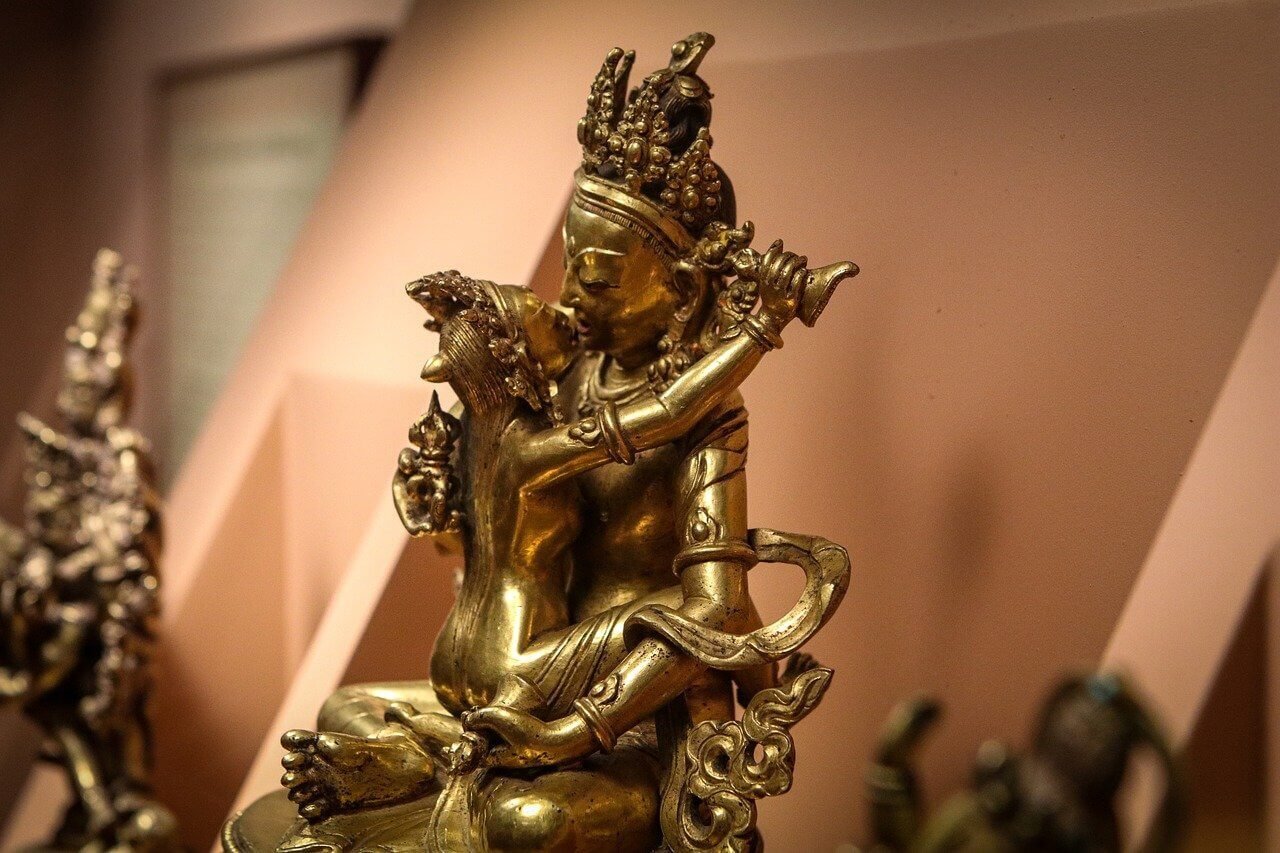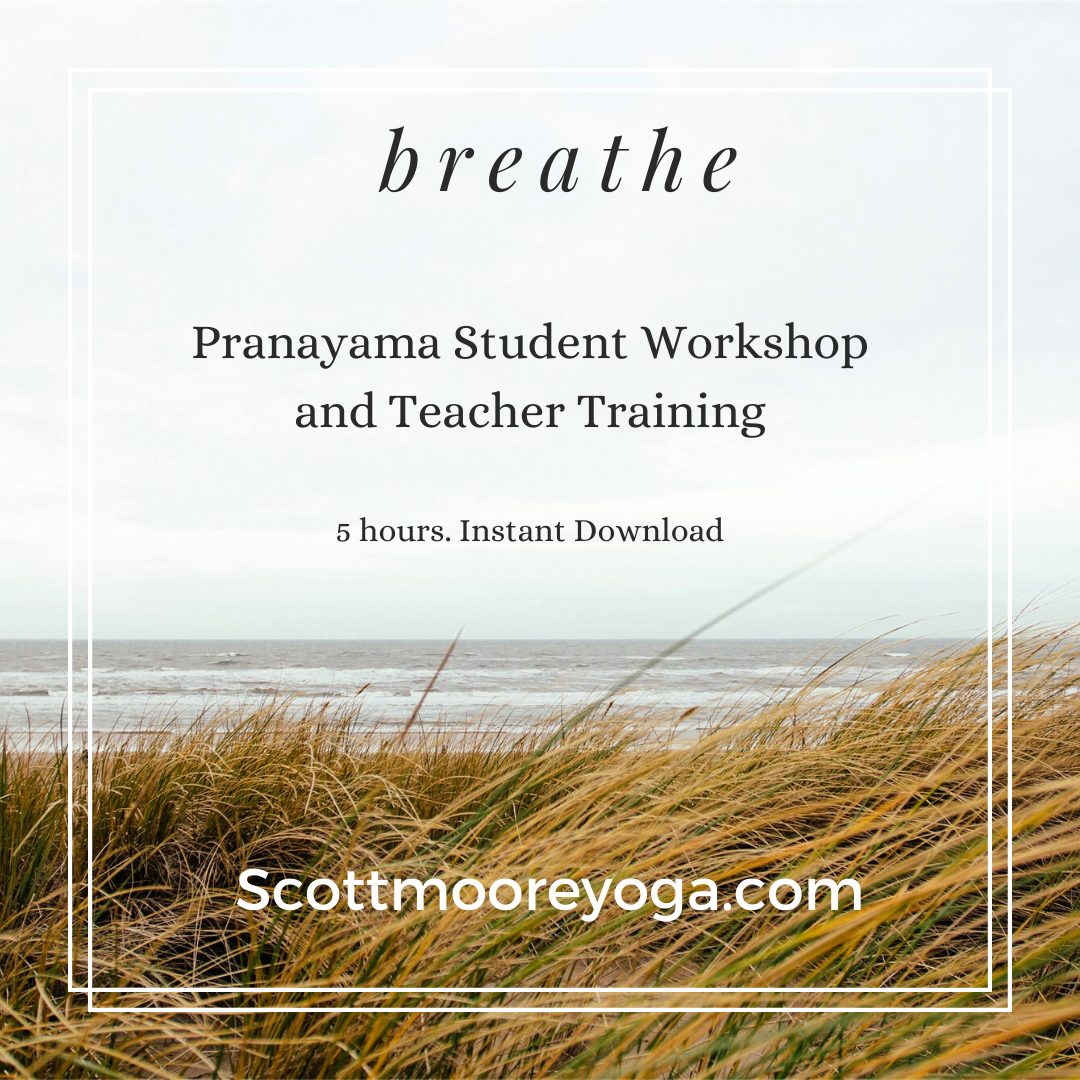Photo by Alex Adams
We breathe in and out every day but few of us take the time to really notice our breath let alone search to understand its power. Inside of each person is the ability to create their own vitality, calm, and balance. Understanding this immense power that exists inside also enables us to co-create the life that you wish to see for ourselves by attracting and manifesting those things that we desire. While such a power may seem like magic, it is nothing more than the inimitable power of the breath.
Understanding a little about ancient vedic wisdom can help us understand what this power is and how it can help us achieve wellness as well as how to attract those things you wish to see in your life. Ancient wisdom states that consciousness precedes form. The essential consciousness of the Universe is called purusha. To evolve, purusha created form, or prakriti, as a mechanism to continually expand and know itself on an increasingly deeper level.
Myths and religious stories have anthropomorphized these concepts into the primordial deities of Shiva and Shakti. Purusha is represented as Shiva and is depicted sitting in constant Awareness. Prakriti is represented by Shakti depicted as a dancer in constant movement. In this model, Shiva only wants to observe Shakti and Shakti only wants to be observed by Shiva. Shakti represents everything in the Universe that is physical, energetic, or in motion. Her great purpose is to evoke the awareness of the Shiva nature. Therefore, everything in the Universe, from the smallest particle to the Universe itself, is in a constant dance of vibration and frequency and this movement is constantly evoking our consciousness, that fundamental purusha of everything. In the practices of yoga, meditation, and life in general, our lesson is to learn to see how the tangible and dynamic qualities of our lives all illuminate our own consciousness.
The Shakti nature, this life-force energy that exists in all physical and energetic objects in the Universe, is called prana. Each person can access and manipulate their prana with the simple action of their breath. Learning to do so contributes to our own well-being in body, mind, and spirit.
To start, oxygen is essential to the well-being of our entire body; it supports the function of every cell in our body. Also, the action of our diaphragm moving up and down, massages our organs and helps everything in our body to function.
Also, as we consciously and regularly breathe deeper, we use the full capacity of our lungs and our body and brain receives more oxygenated blood than if we were to habitually breathe shallowly. This regular increase of oxygen makes every cell in our body function better, makes our mind clearer, and even relaxes our nervous system.
Our nervous system is very closely tied to the quality of our breath. When we are stressed we breathe rapidly and often shallowly. This triggers the sympathetic nervous system or our fight-or-flight nervous system. When we are relaxed, we breathe deeper and fuller and this triggers our parasympathetic nervous system or our rest-and-digest nervous system. The same way our nervous system can affect our breath, the inverse is also true. Therefore, if you breathe slowly and deeply, you can help your nervous system to relax, even in stressful circumstances. When feeling a little stressed, a few deep breaths can help you to calm your nervous system, get some oxygen to your brain, and give you the wherewithal to make good decisions regarding your circumstances so you can respond appropriately instead of reacting to them. When you are conscious of your breath, you will begin to feel the prana moving in your body and the experience is a tangible feeling of energy.
By familiarizing ourselves with the prana inside of our bodies with breathing practices, we can then begin to explore how to interact with prana in ways that are external to our bodies. Remember that every tangible, energetic, or movable thing in the Universe is an expression of prana; it has a frequency. As we begin to master the prana in our body, we’ll learn how to then engage with and improve the life-force energy frequency of our relationships, jobs, and every-day living.
The principle of sympathetic vibration states that things that when something vibrates at a certain frequency, other objects that are tuned similarly will also begin to vibrate at that same frequency. An easy example of sympathetic vibration is when a musical instrument is played in a room where there is another musical instrument—like a piano, violin, or guitar— the stringed instruments will pick up the vibration of the note that is played by the other instrument and begin to hum along. Similarly, people, relationships, thoughts, and opportunities are tuned to a particular frequency so that it responds when it’s complement sings its song. This is why you “resonate” with certain people, places, and things.
Knowing this concept of sympathetic vibration, you can practice changing your vibration to match the kind of things that you’d like to attract to you. If you’d like to see more abundance in your life, begin vibrating to that frequency by practicing generosity, abundant thinking, and envisioning what your life will be like with that abundance. If you’d like to attract the love you know you deserve in your life, practice vibrating to that frequency by practicing self-love, sharing your love with others, and by simply loving the world around you.
Because energy attracts like energy, you must focus your attention on what you want rather than what you’d like to avoid. When you’re focused on avoiding what you don’t want, unfortunately you’re inadvertently sending energy in the exact opposite direction. Like one of my teachers, Judith Lasater said once:
“What is worrying but praying for what you don’t want?”
Whether it is creating deeper vitality in body, mind, or spirit, or it is practicing attracting those things you’d like to see in your life, beginning to understand and change the prana in your life can be as easy as sitting down and doing this simple breathing exercise …
Pranayama Practice
Ujjayi Breath or Whisper Breath
Ujjayi Breath or Whisper Breath is performed by breathing slowly and deeply through your nostrils, about 4–5 seconds on the inhale and 5–6 seconds on the exhale. Lengthen the breaths with a very slight constriction in your throat as if to create a whisper. You do not want to be so constricted in the throat that you feel short of breath or feel it difficult to breathe. This breathing practice will help you feel slightly energized and alert if you’re feeling sluggish. It will focus your mind if you’re scattered. It will calm you down if you’re feeling anxious. It has the potential to change your brain waves into the alpha state where you can be very focused and alert if you need to do something that would otherwise make you nervous. You may do the Ujjayi Breath anywhere. It’s the breathing style that is mostly encouraged during yoga practice. You may wish to try to use it in other scenarios as well. As a dedicated pranayama practice, set a timer and practice breathing Ujjayi Breaths for 1–2 minutes, or as long as you desire.
Remember that consciousness precedes form. I invite you to meditate on the well-being you’d like to see in your life and practice visualizing this while doing the aforementioned breathing practice to explore how you might co-create your own reality with the Universe.
May you breathe with ease and wellness.
To learn more about how your breath can help to improve your life, please click here.




